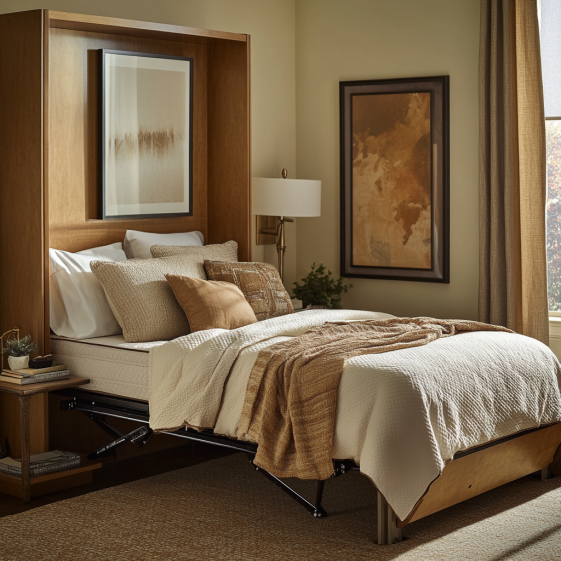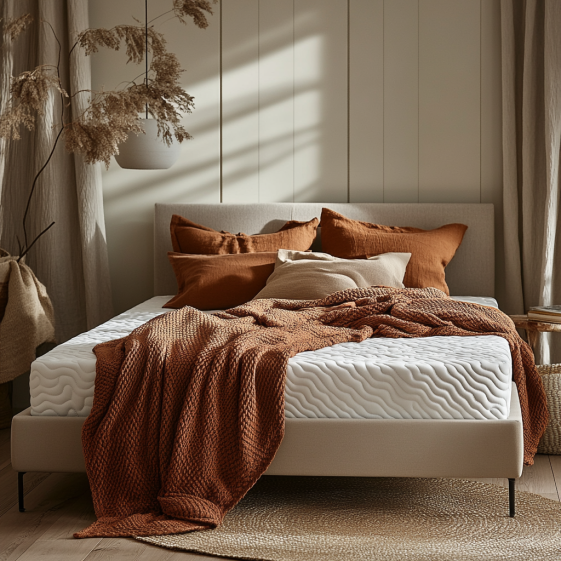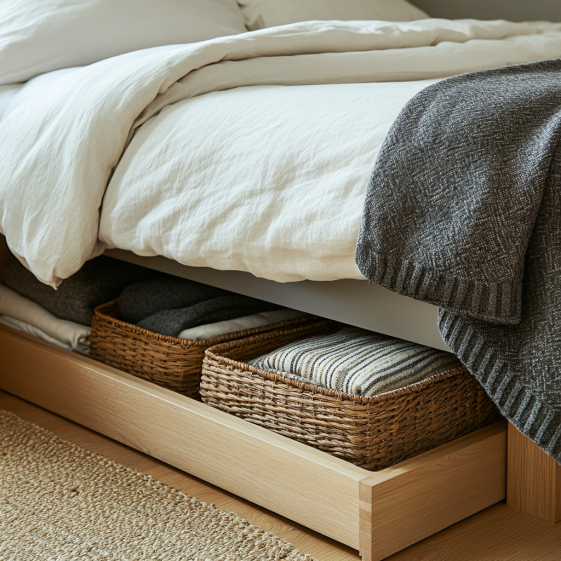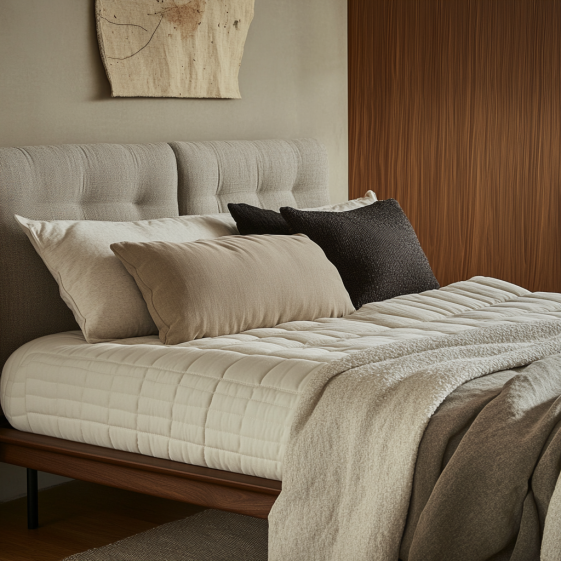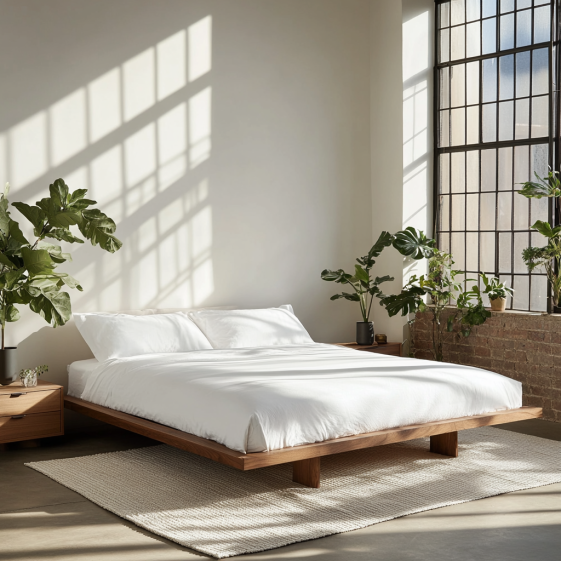Discover the ultimate guide to choosing a fold away bed with mattress—ideal for small spaces, guest rooms, and flexible living. Explore options that blend style, comfort, and practicality with real-world examples and top recommendations.
Key Takeaways
- Fold away beds save space without compromising sleep quality—ideal for apartments, studios, and multipurpose guest rooms.
- Top styles include Murphy beds, cabinet beds, and ottoman sleepers, offering something for every décor and budget.
- Comfort-enhancing features like memory foam mattresses, breathable covers, and reinforced frames improve sleep quality.
- Most models are highly portable and quick to set up, making them great for spontaneous guests or daily use.
- Helpful guides, expert reviews, and style tips empower you to choose the right fold away bed for your lifestyle.
In short: You don’t have to sacrifice comfort to save space. Fold away beds are a smart solution for modern living.
What Is a Fold Away Bed with Mattress?
A fold away bed with mattress is a multi-functional piece of furniture designed to collapse into a compact unit when not in use. These beds are engineered to free up space while still delivering a comfortable night’s sleep. Unlike the old-fashioned rollaway cots from decades past, today’s designs are sleek, modern, and far more comfortable. Think of them as the Swiss Army knife of the sleep world—versatile, reliable, and compact.
For example, cabinet beds can look like a stylish credenza during the day and convert into a full-sized bed at night. Murphy beds are wall-mounted and fold vertically, while ottoman beds disguise themselves as functional seating. According to Architectural Digest, investing in multi-use furniture is one of the top strategies for optimizing small-space interiors.

Bottom line? A fold away bed with mattress is your best friend when balancing style, space, and sleep comfort.
Top Benefits of Fold Away Beds
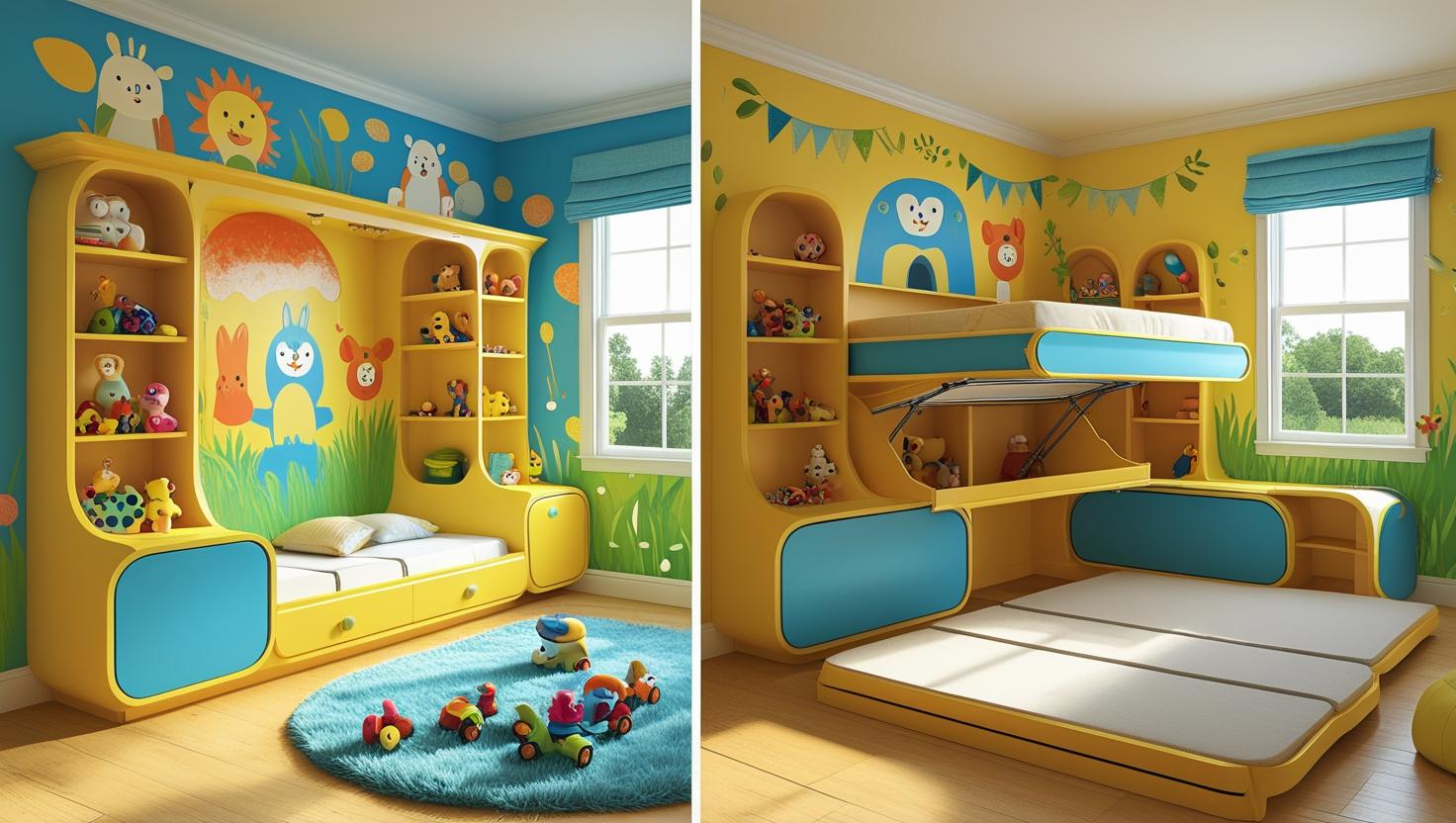
1. Comfortable and Supportive Sleep
Gone are the days of lumpy sofa beds or deflating air mattresses. Today’s fold away beds come equipped with 4″ to 6″ thick memory foam or hybrid mattresses that provide genuine back support. Many mimic the feel of traditional beds, ensuring that guests (or even you, if it’s a daily sleeper!) wake up refreshed and ache-free.
Real talk: I once hosted my in-laws on a folding cabinet bed—and they slept so well they asked where they could buy one for their own home. That’s the kind of sleep quality we’re talking about here.
2. Saves Space in Style
One of the biggest advantages of fold away beds is how seamlessly they blend into your existing décor. You can find options in wood finishes, neutral upholstery, or sleek metal styles. Whether you’re outfitting a coastal-themed guest room or a modern studio, there’s a design that fits.
Looking for multi-functionality? Explore folding couch beds—perfect for daytime lounging and nighttime sleeping.
3. Easy to Use and Move
Most fold away beds come with features like lockable casters, folding frames, and lightweight builds, making them simple to roll out and store away. You don’t need to be an engineer to use one—they’re made for everyday people and spontaneous overnight situations.
Wrap-up: Fold away beds marry functionality and style, making them an essential solution for space-conscious living without compromising comfort.
How to Choose the Right Fold Away Bed
- Measure Your Space: Determine how much room you have both for the open bed and the storage footprint. Murphy beds need vertical wall space, while ottoman beds fit easily into compact floor plans.
- Assess Comfort Needs: Choose a bed with a minimum 4″ memory foam for occasional use—or up to 6″ for frequent sleeping. If you’re buying for daily use, spring-supported frames or hybrid mattresses are worth the investment.
- Evaluate Storage Features: Cabinet beds often include drawers or hidden compartments—great for storing linens, pillows, or seasonal bedding.
- Match Your Aesthetic: Select finishes and upholstery that complement your room’s palette. Oak wood cabinets feel warm and rustic; tufted ottomans add softness and charm.
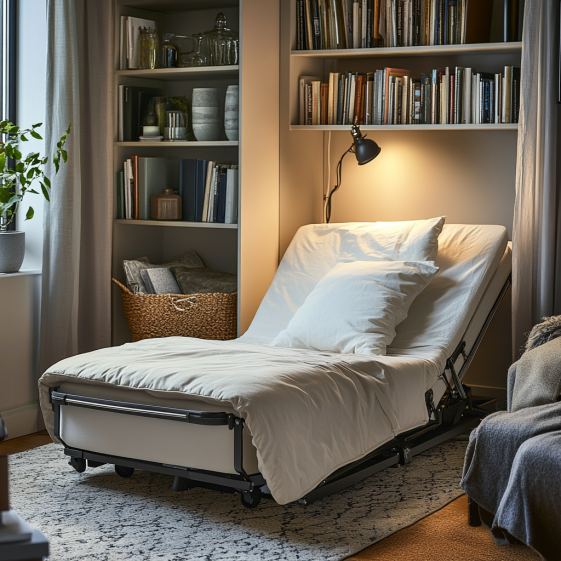
And don’t forget: The right bedding matters too! Brush up with our guide on fitted vs. flat sheets to make sure your setup feels just right.
Wrap-up: Choosing the right fold away bed is about balancing size, sleep quality, and style. A little planning goes a long way.
Best Options Compared
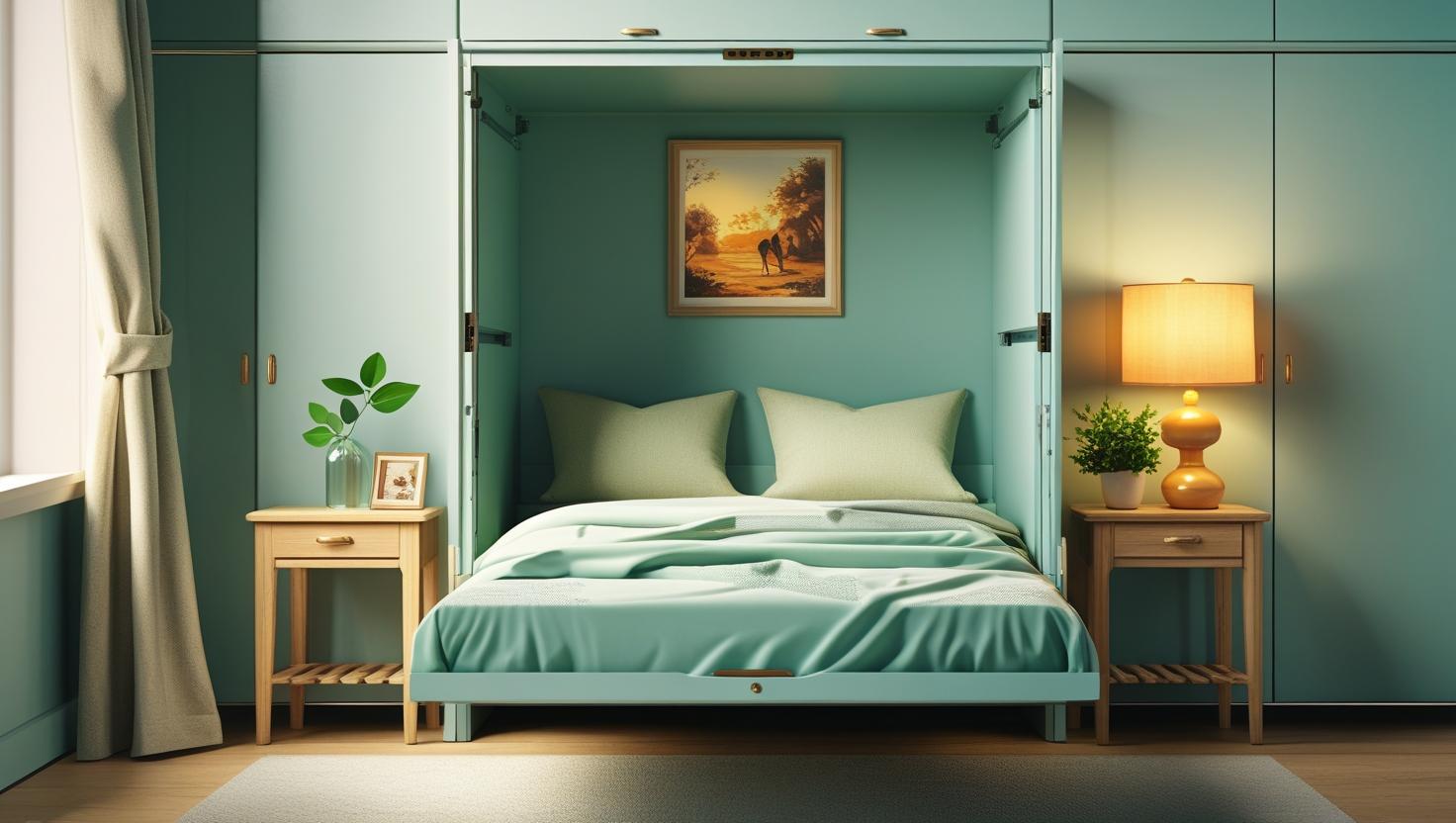
| Model | Type | Key Features |
|---|---|---|
| Atlantic Furniture Nantucket | Murphy Bed | Sturdy wood build, twin/full options, wall-mounted, ideal for long-term daily use |
| Night & Day Cube Cabinet | Cabinet Bed | Queen-size tri-fold memory foam, compact cube design, drawers included |
| HomCom Folding Ottoman | Ottoman Bed | 3-in-1 seat/sleeper/storage combo, compact for dorms or studios |
Final note: No matter your budget or space, there’s a high-quality fold away bed option ready to meet your needs.
Quick Answer
A fold away bed with mattress is a modern solution for cozy, space-conscious homes. Whether it’s a Murphy wall bed, a discreet cabinet model, or an ottoman that moonlights as a sleeper, these beds offer comfort and convenience without the bulk. They’re easy to set up, stylishly designed, and perfect for both daily use and occasional guests.
FAQ
- Are fold away beds comfortable enough for adults?
- Absolutely. Many modern designs use memory foam or hybrid mattresses with reinforced frames to support adult sleepers comfortably—night after night.
- Can I use a standard mattress on a fold away bed frame?
- Yes, especially for Murphy and cabinet beds. Just make sure the thickness and dimensions align with the manufacturer’s specifications so the bed can still fold properly.
- Do fold away beds require tools to set up?
- Most require minimal assembly. You may need to attach caster wheels or brackets. Murphy beds often need wall anchoring and are best installed by two people or a pro.
Want cozy updates? Join our newsletter for sleep tips, compact living inspiration, and smart product finds delivered to your inbox.

